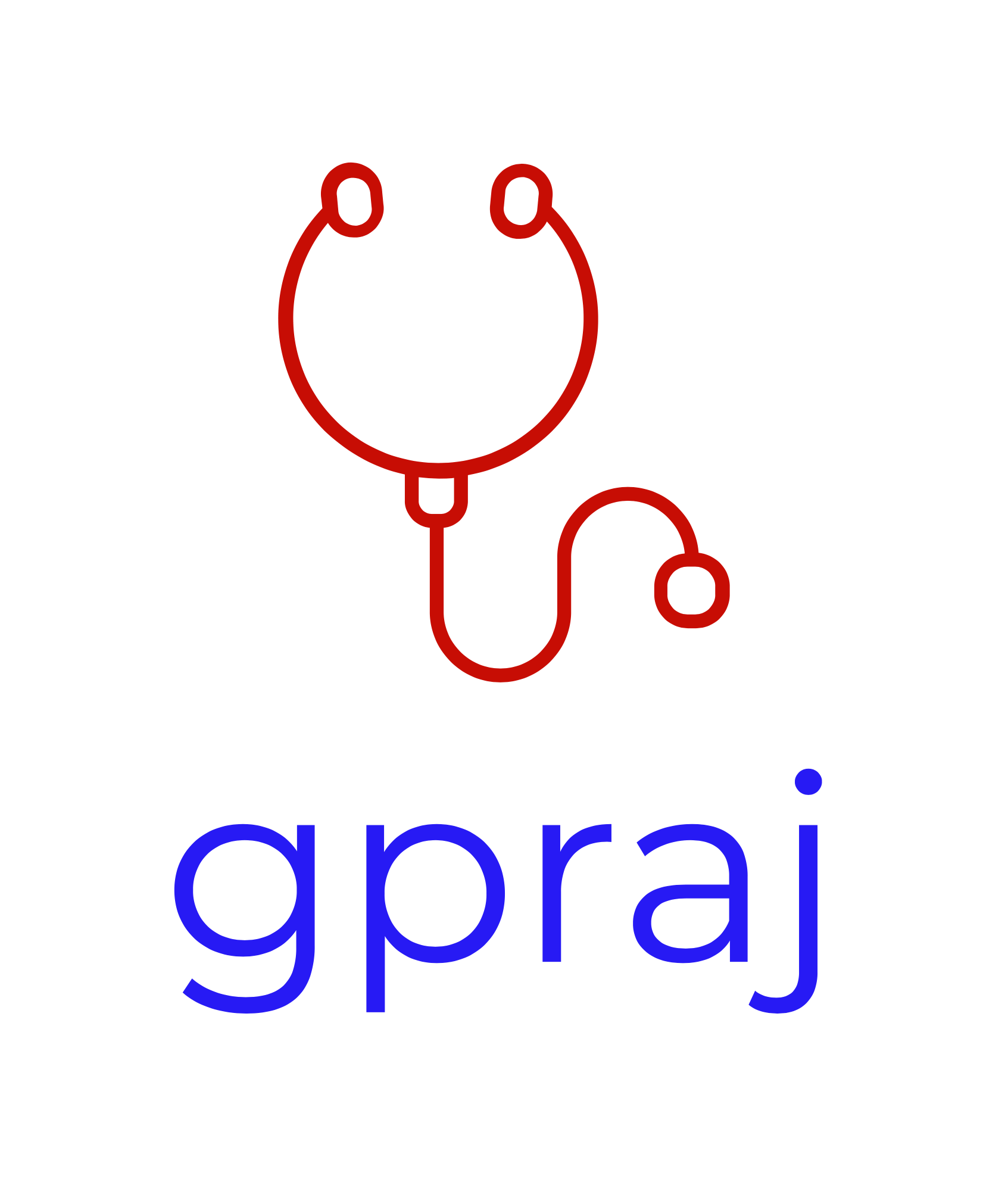Management of acute asthma in children
Categorise as acute severe or life-threatening
Life-threatening asthma
SpO₂ <92%
PEF <33% best or predicted
Exhaustion
Hypotension
Cyanosis
Silent chest
Poor respiratory effort
Confusion
Acute severe asthma
SpO₂ <92%
PEF 33–50% best or predicted
Can’t complete sentences in one breath or too breathless to talk or feed
Heart rate >140/min (1-5 years) or >125/min (>5 years)
Respiratory rate >40/min (1-5 years) or >30/min (>5 years)
First-line treatment
Steroid therapy (three day duration)
<2yr use 10 mg prednisolone
2–5 years use 20 mg prednisolone
>5 years use 30–40 mg prednisolone
Immediate β₂ agonist, one puff every 30–60s, up to 10 puffs, via pMDI + SPACER
Urgent admission if not controlled:
Start with 2.5mg salbutamol nebuliser AND oxygen (if SpO₂ <94%) AND steroids
If refractory, add in 250mcg ipratropium bromide to nebuliser
If refractory, add in 150mg magnesium sulphate to nebuliser (dose mixed with salbutamol and ipratropium nebulised doses)
Second-line treatment
Initial single bolus dose iv salbutamol (15 micrograms/kg over 10 minutes)
Intravenous aminophylline
Intravenous magnesium sulphate (40 mg/kg/day)
Discharge planning and follow up
Children can be discharged when stable on 3-4 hourly inhaled bronchodilators that can be continued at home.
PEF and/or FEV₁ should be >75% of best or predicted and SpO₂ >94%.
• Arrange follow up by primary care services within two working days
• Arrange follow up in a paediatric asthma clinic at about one month after admission
• Arrange referral to a paediatric respiratory specialist if there have been life-threatening features
